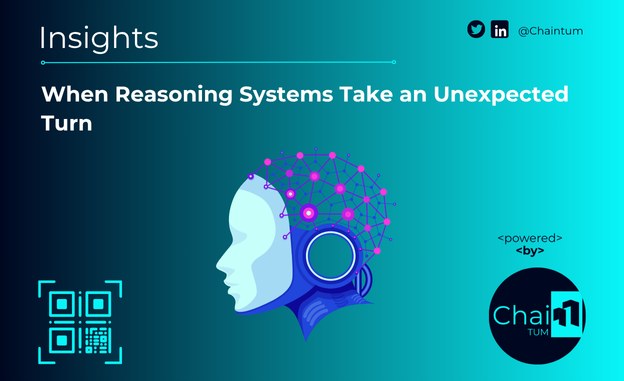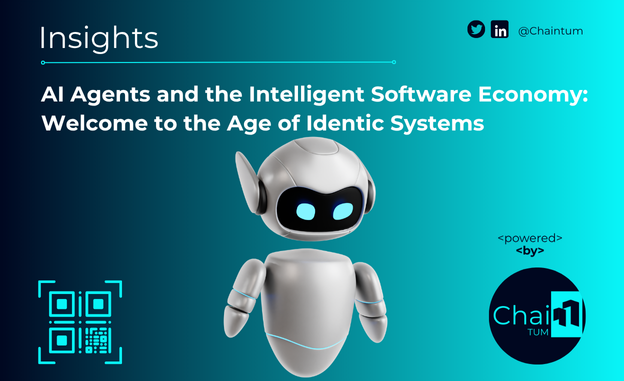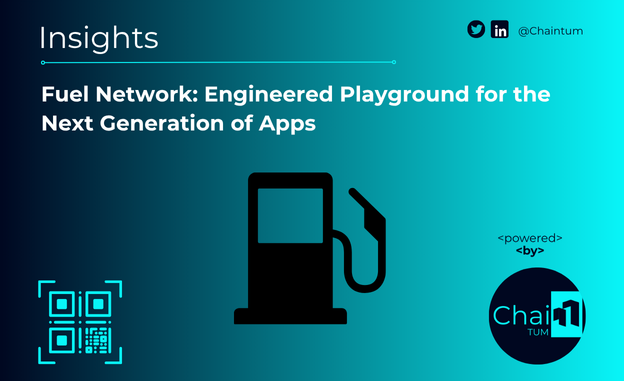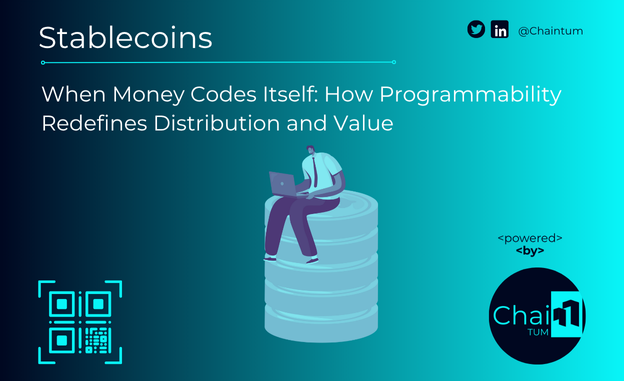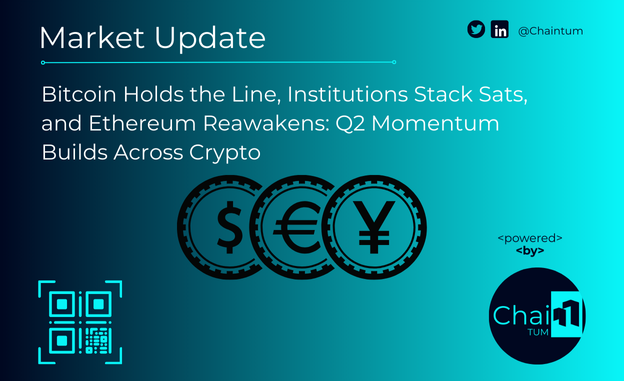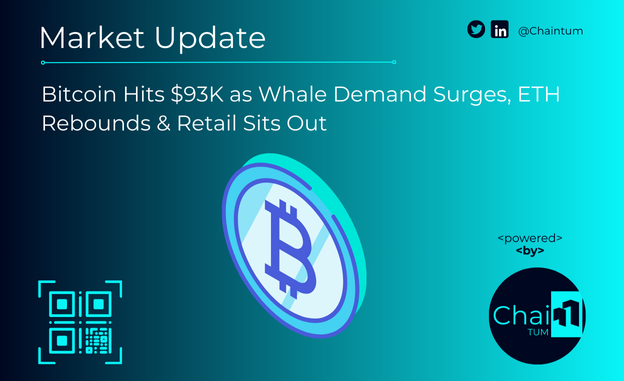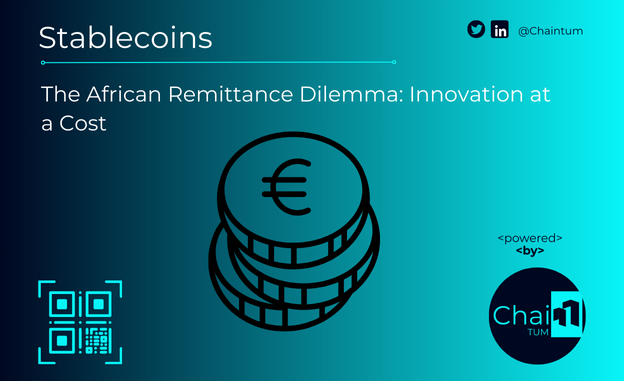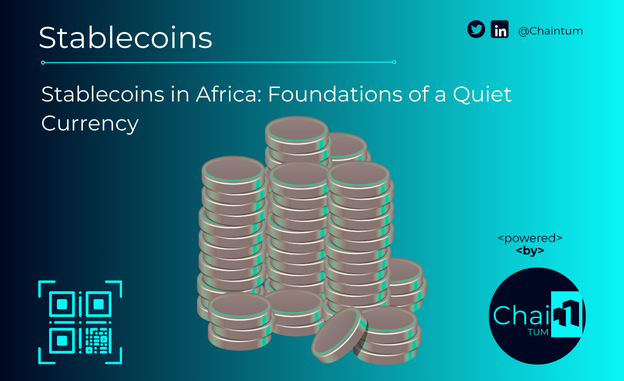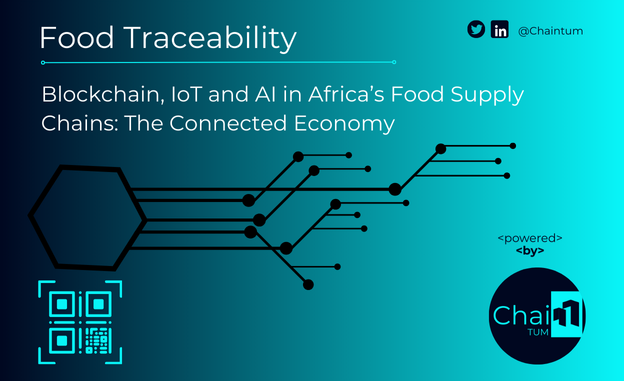Gridless Uses Stranded for Sustainable Bitcoin Mining in Africa
Dec 3, 2024
Gridless Uses Stranded for Sustainable Bitcoin Mining in Africa
Dec 3, 2024
Gridless uses stranded energy for its microgrids that contain both energy generation and storage capacities to provide electricity in rural areas.
Seeing a complete reliance on the utilities’ national grids as increasingly troublesome, this Bitcoin miner has decided to develop its own microgrids together with local energy producers near rural communities to bring power directly to rural communities.
The microgrids, as Gridless is calling them, are strategic extensions of their main grid, designed to minimize waste and inefficiencies rather than multiply standalone systems.
Research reveals that integrating Bitcoin mining into microgrids reduces renewable energy waste, lowers costs by 46%, accelerates development, and drives the adoption of cleaner, decarbonized power production.
“Over half of the people who are not connected to electricity in the world are in Africa. So what happens is that people are only able to get what they have near them, and the national grid doesn’t get to them. However, people who are building these mini-grids in these rural sites aren’t financially sustainable because there are not enough industry offtakers,” said Erik Hersman, the founder of Gridless, in a Coindesk interview.
“We come in as a geographically agnostic miner and industrial off-taker to [them]. We can buy uptaken energy and put it to work …”
To balance excess power usage, Gridless turns off the mini-miners to meet the community energy needs and pick up the backup again automatically—doing real-time demand leveling as the community turns off their power in the evening.
Led by a CEO affectionately dubbed the “White African,” the company aims to develop mini-grids that cater to rural communities lacking traditional industrial or commercial energy consumers.
The Gridless service, which includes Bitcoin mining containers, is built on a concept of “Kifaru,” which means “Rhino” in Swahili, where containers are made using locally sourced materials. The container concept simplifies what has traditionally been a complex utility grid system by combining Whatsminer and EPIC blockchain controls to take advantage of unutilized renewable energy at remote, off-grid locations.
As with Gridless OS, the company monitors available power and controls the miners accordingly. The GridlessOS manages this seamlessly, adapting to erratic power conditions by activating and deactivating the miners multiple times a day as needed.
Gridless claims that its Bitcoin mining operations have enabled collaboration with small independent power producers (IPPs) to monetize their surplus, stranded energy effectively. It achieves this by sharing a portion of the revenue generated from mining Bitcoin using their excess electricity. Although this revenue share far exceeds the zero income previously earned from their excess energy, it is typically lower than the rates paid by regular electricity customers.
“The more energy these [developed] countries used over time, the wealthier they became… Those people who don’t have a lot of electricity per capita have limited ability to plan for their future, make better life choices, educate themselves, and travel around the world,” explained the Chief Strategy Officer at the Human Rights Foundation (HRF) during the Bitcoin Conference 2024 in Nashville.
“Electricity is the greatest superpower but also the greatest limiter for humans,” he continued.
While energy-saving devices are desirable, what Africa really needs is increased energy generation—and Gridless uses stranded energy to achieve this.
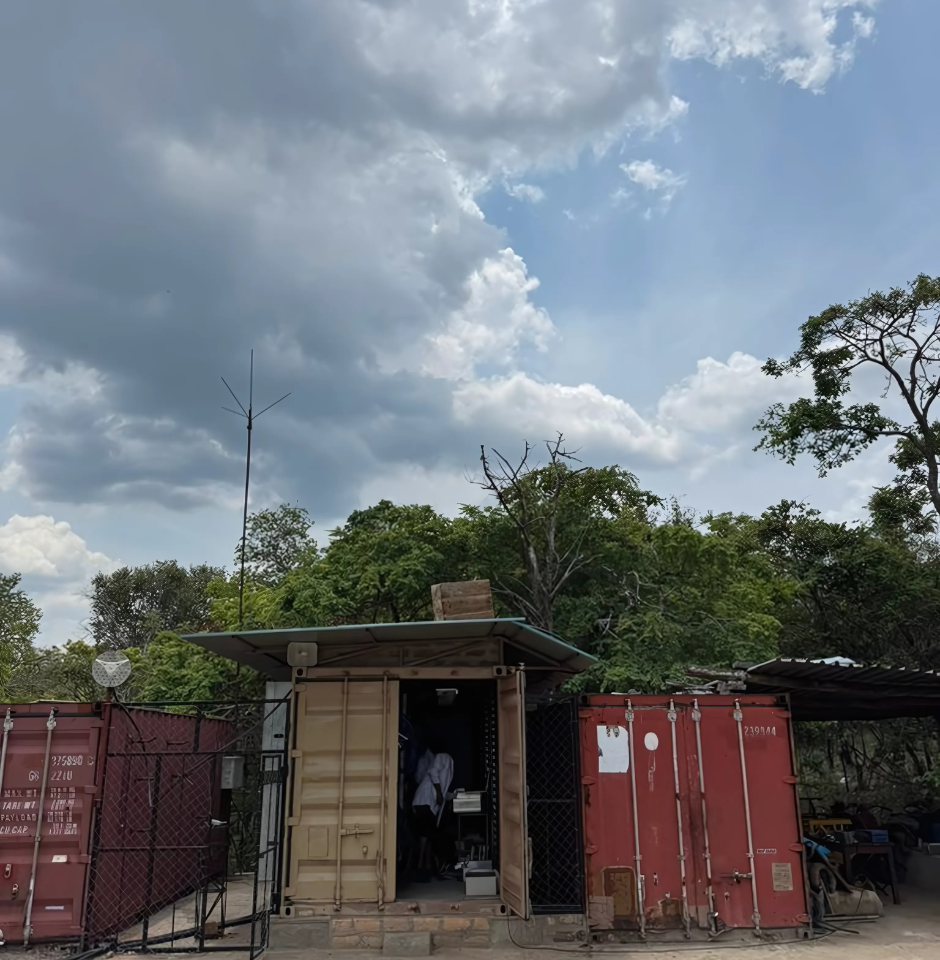
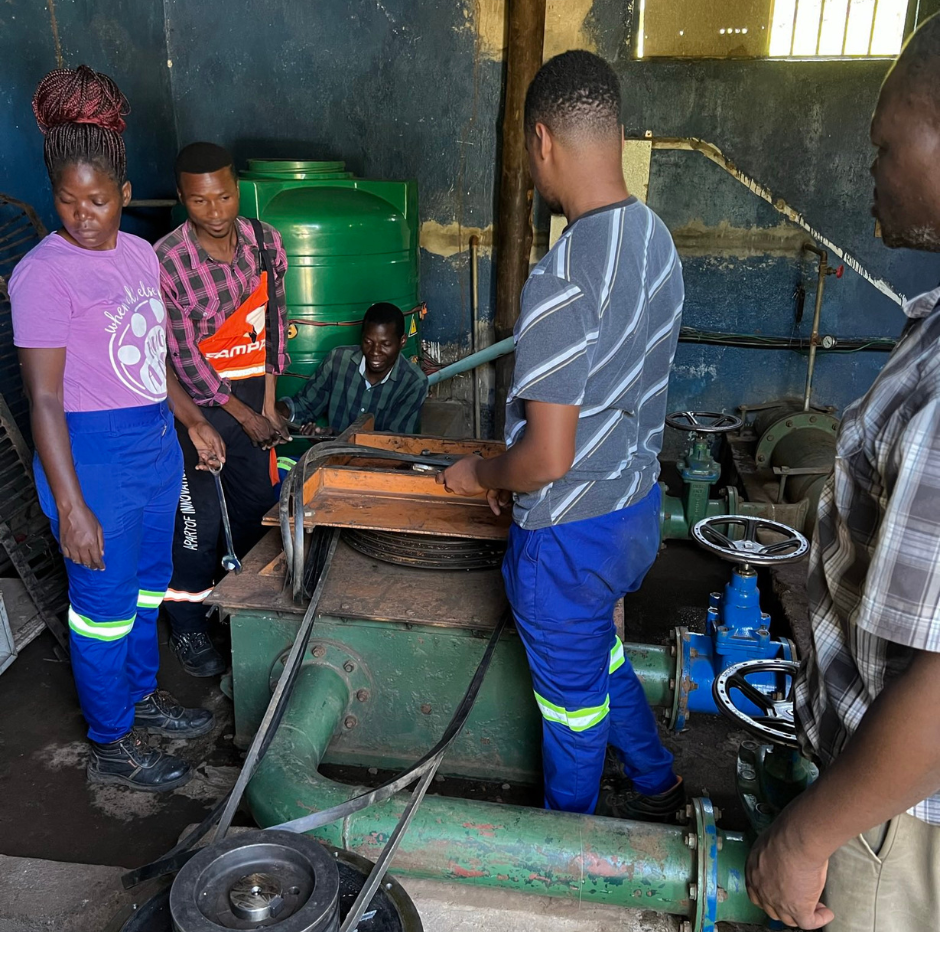
Photos by @GridlessCompute on X
Excess and Stranded Energy
When Gridless OS takes the function of a real-time optimization system, it aims to enhance the efficiency and stability of Bitcoin mining operations integrated with distributed mini-grids.
Supply optimization: This is how GridlessOS maximizes the use of available energy, especially the excess that would otherwise go to waste, making mini-grid energy projects more financially sustainable.
In a broader sense, Africa is estimated to have around 125,000 MW of stranded energy, which accounts for nearly 68% of the continent’s total power generation capacity, including both fossil fuels and renewable sources.
Currently, Bitcoin mining enables Ethiopia to convert excess electricity into a valuable aasset—driving economic growth while fully harnessing its vast hydropower potential. With an official Bitcoin mining tariff of $0.0314/kWh, Ethiopia could generate an impressive $640 million in export revenue by selling all its excess electricity to Bitcoin miners.
Unlike in Kenya, where Gridless uses stranded energy from power plants with bitcoin mining as an anchor use case, Ethiopia already has sufficient power plants. The Ethiopian government has encouraged miners to establish substations to enhance electricity access for the population.
Gridless employs a standard operating procedure for its mini-grids: installing, replacing, repairing, and maintaining miners and its sites in general. The process entails process mapping, unboxing the miner, miner placement, power and network connection, and miner configuration.
“In 2022, Gridless had contracted five project pilots in rural Kenya with HydroBox, an African hydroelectric energy company, three of which are currently operational. The company plans to expand to other geographies in East Africa in the near future,” said Erik.
It’s barely two years since launching in Kenya, and Gridless has already announced its plans to expand to West Africa and Southern Africa.
The ground is clearing, and it has now entered a new partnership with GAMA: “We are fortunate to have the support of companies like Luxor and Block to make the seed program (discounted ASICs for vetted miners) possible. We are very much of the mindset that we would rather see 100,000 mining sites with 10 miners rather than 10 sites with 100,000 miners. The Bitcoin network needs this decentralization.,” Janet Maingi from Gridless said.

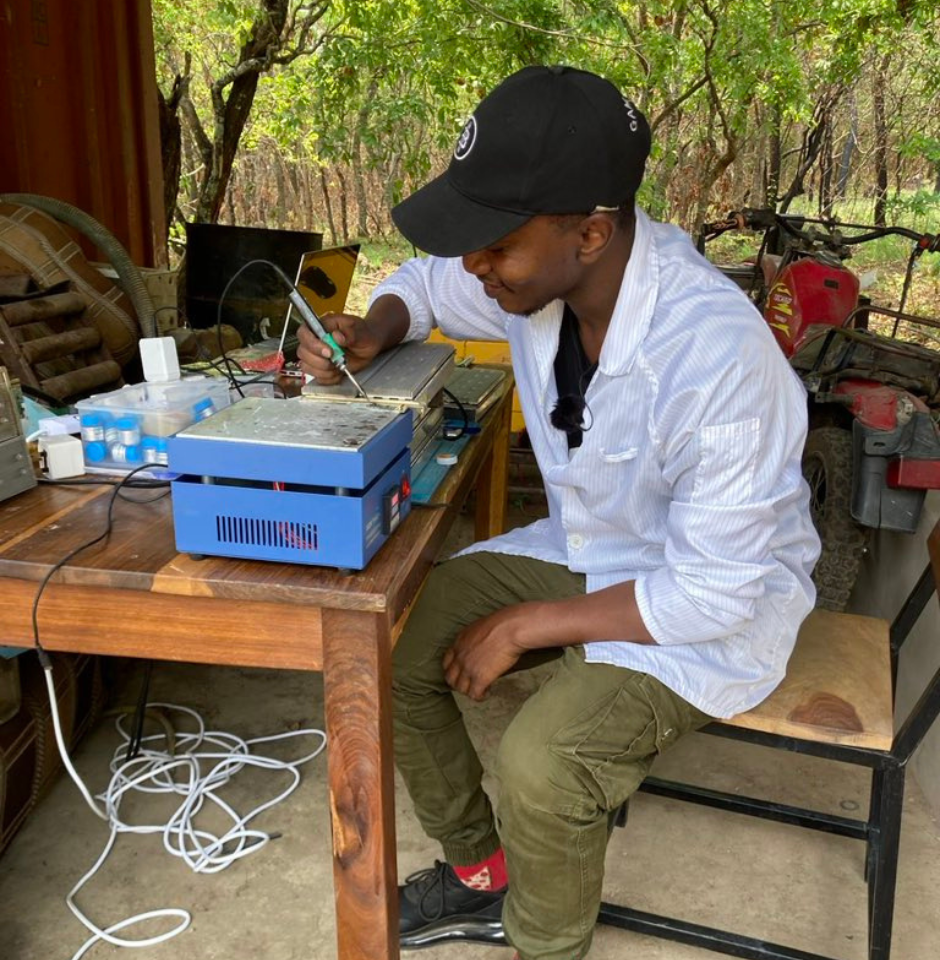
Photos by @GridlessCompute on X
Gridless Uses Stranded Energy Sustainably
The Bitcoin mining company aims to generate more sustainable energy and boost electrification for local communities in the region.
Gridless is expanding its BTC mining process to capitalize on hydroelectric, solar, and biomass energy from across its extensive network of mini-grids.
Gridless says its sites have powered 1,200 houses in Zambia, 1,800 in Malawi, and 5,000 in Kenya. The company’s mines have also delivered power for containerized cold storage for local farmers, battery charging stations for electric motorcycles, and public Wi-Fi points.
Announced in 2024, the 500-kilowatt mobile container at Hell’s Gate National Park in Kenya showcases a mining operation powered by a combination of solar energy and waste heat from a nearby geothermal site.
Since establishing these mines, it has provided employment to field teams tasked with daily cleaning, soldering, repairs, and maintenance as it continues to put some new solutions in place.
“Now the Bitcoin network is buying 100% of the power that the villagers and surrounding businesses don’t buy. This allows MEGA to take the capital it normally uses to subsidize power to—for example—connect more homes or maybe build more power generation. Expanding electrification,” explained Gladstein in an X space.
“This is key because only 11% of Malawians have access to power. Bitcoin mining will help close this gap massively in the coming decade, no aid or grants required.”
With current operations, renewable energy mini-grid operators across Sub-Saharan Africa deploy Bitcoin mining rigs. So, the rigs absorb excess solar and wind energy, creating a steady revenue stream for the grids from stranded power while helping to accelerate Africa’s energy transition.
Good or bad, ready or not, Gridless uses stranded energy and is already empowering Africans, we only need to figure out how to effectively integrate such innovations into sustainable energy strategies.
Stay up to date with the latest innovations in blockchain and energy by subscribing to the Chaintum Newsletter. Join us as we explore how technologies like Gridless are shaping the future of blockchain in Africa and beyond.
Photos by @empowa_io on X
Emerging Markets Lead Global AI and Data Center Surge: A Paradigm Shift in Tech Geopolitics
When Reasoning Systems Take an Unexpected Turn
AI Agents and the Intelligent Software Economy: Welcome to the Age of Identic Systems
Fuel Network: Engineered Playground for the Next Generation of Apps
When Money Codes Itself: How Programmability Redefines Distribution and Value
Bitcoin Holds the Line, Institutions Stack Sats, and Ethereum Reawakens: Q2 Momentum Builds Across Crypto
Bitcoin Hits $93K as Whale Demand Surges, ETH Rebounds & Retail Sits Out
The African Remittance Dilemma: Innovation at a Cost
Stablecoins in Africa: Foundations of a Quiet Currency
Blockchain, IoT and AI in Africa’s Food SupplyChains: The Connected Economy
Subsribe To Our Newsletter
Stay in touch with us to get latest news and special offers.


